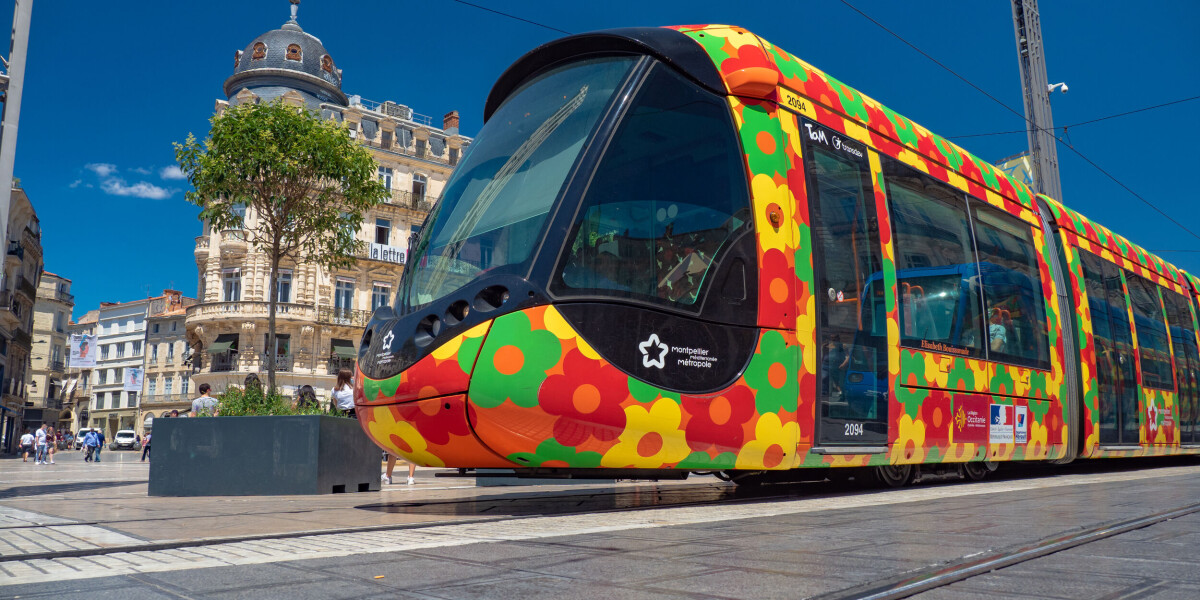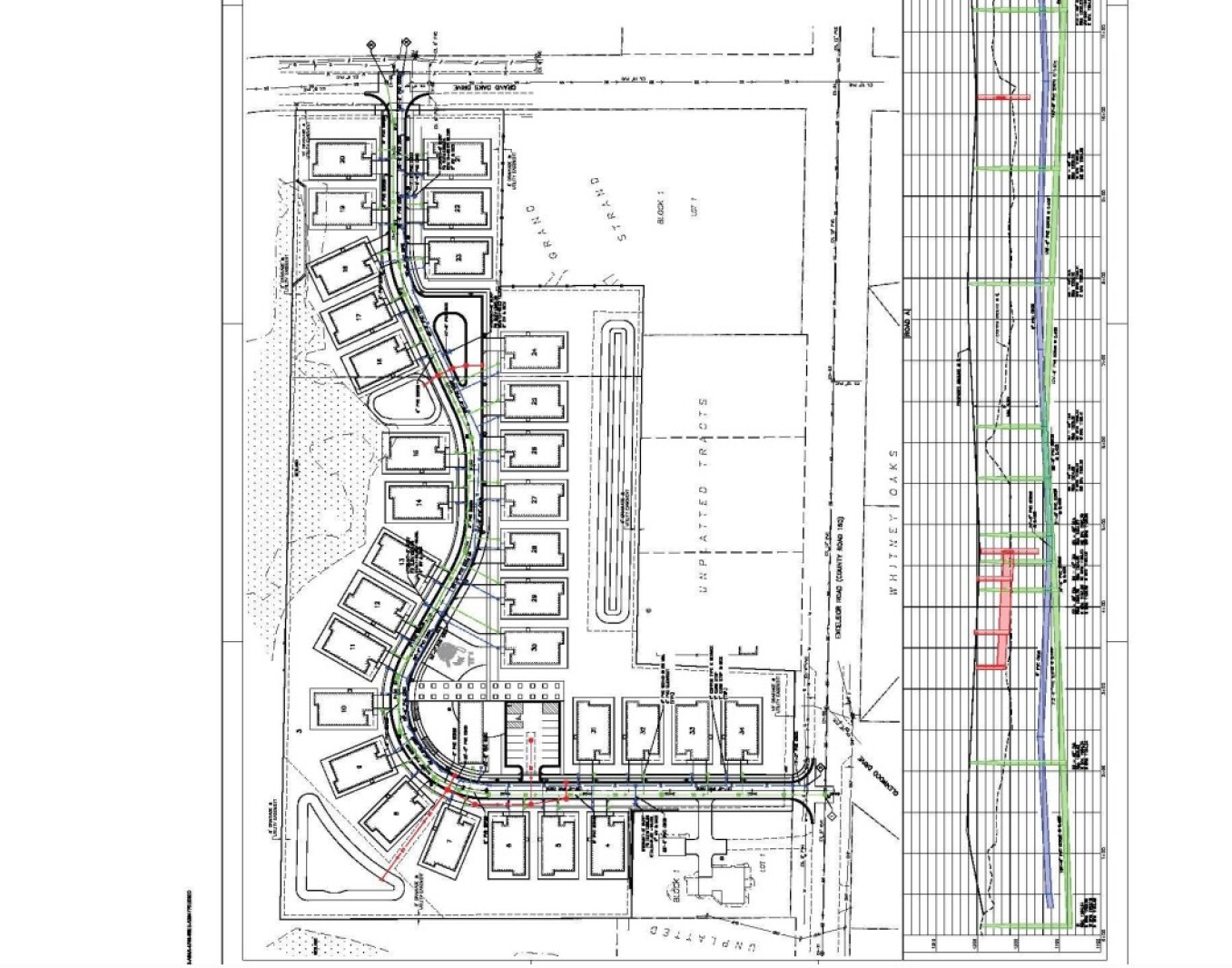Report on the Efficacy of Free Public Transport Initiatives in France
An Assessment of Financial Sustainability and Alignment with Sustainable Development Goals
A report by the French state auditor, the Cour des comptes, has critically evaluated the implementation of free public transport in at least 46 French towns and cities. The findings suggest that while these initiatives aim to enhance urban mobility, they present significant challenges to long-term financial sustainability and progress towards key Sustainable Development Goals (SDGs), particularly SDG 11 (Sustainable Cities and Communities) and SDG 13 (Climate Action).
Analysis of Environmental and Social Impacts
SDG 11: Sustainable Cities and Communities & SDG 13: Climate Action
The primary objective of free public transport is to create more inclusive and sustainable urban environments by reducing reliance on private vehicles, thereby improving air quality (Target 11.6) and mitigating climate change (SDG 13). However, the auditor’s findings indicate a limited environmental benefit.
- Modal Shift: In Montpellier, which made transport free for residents in late 2023, the report claims only 33% of new public transport users previously traveled by car. A significant 39% of new passengers were former pedestrians or users of micro-mobility options like electric scooters.
- Air Quality: While local officials, such as the mayor of Montpellier, assert that air quality has improved and ridership has increased by 27%, the auditor’s report questions the overall positive environmental impact due to the limited shift away from carbon-intensive private vehicles.
- Investment in Green Fleets: The report expresses grave concern that the loss of fare revenue jeopardizes essential investments in greening public transport fleets. This directly threatens the ecological transition and the achievement of climate action goals by hindering the adoption of low-emission vehicles.
SDG 10: Reduced Inequalities & SDG 3: Good Health and Well-being
Free transport is intended to provide affordable and accessible transport for all (Target 11.2), contributing to reduced inequalities (SDG 10). While ridership has increased, the policy has produced unintended social consequences.
- Overcrowding: A significant rise in passenger numbers has led to severe overcrowding on buses and trams, particularly in central urban areas. This diminishes the quality and safety of the service, potentially impacting public well-being (SDG 3).
- Accessibility Issues: Passengers have reported that overcrowding makes it impossible to travel with items such as electric scooters, and some residents from outlying areas now avoid the system entirely due to the uncomfortable conditions.
Financial Framework and Sustainability
Funding Structure and Economic Pressures
The financial model for French urban transport relies on a tripartite structure of funding from passenger fares, a business transport tax (versement mobilité), and local council contributions. The elimination of passenger fares disrupts this balance.
- Increased Tax Burden: To compensate for the loss of ticket revenue (which accounted for 41% of operating costs nationwide in 2019), contributions from businesses and local councils must increase.
- Threat to Investment: The auditor warns that this financial strain, amplified by economic instability and inflation, creates “financial tensions” that threaten the financing of new investment projects crucial for the ecological transition of public transport systems.
Recommendations for a Sustainable Path Forward
A Call for Targeted Policies and Strategic Investment
The Cour des comptes concludes that universal free transport is not a sustainable model for achieving environmental and social goals. The report recommends a policy shift towards more targeted and financially sound strategies.
- Abolish Universal Free Transport: The primary recommendation is to move away from universally free models to preserve the financial capacity for strategic investment.
- Implement Targeted Support: In line with SDG 10, the report advocates for “tariff flexibility” to provide free or heavily subsidized transport for vulnerable and low-income populations, based on means-testing. The city of Lyon is cited as a successful example of this targeted approach.
- Prioritize Green Investment: Municipalities should focus available funds on upgrading transport fleets and infrastructure to meet climate goals under SDG 13 and SDG 11.
- Enhance Transparency: The report calls for greater public transparency regarding the costs, financing, and usage of urban transport systems to ensure accountability and effective governance.
Analysis of Sustainable Development Goals in the Article
1. Which SDGs are addressed or connected to the issues highlighted in the article?
The article on free public transport in France connects to several Sustainable Development Goals (SDGs) by touching upon urban sustainability, environmental quality, social equity, and climate action. The primary SDGs addressed are:
- SDG 11: Sustainable Cities and Communities: This is the most central SDG, as the entire article revolves around urban public transport systems, their financing, accessibility, and environmental impact within cities like Dunkirk and Montpellier.
- SDG 13: Climate Action: The article explicitly mentions the need for investment to “make bus fleets greener” and to achieve “goals set for ecological transition,” which are direct measures related to climate change mitigation.
- SDG 3: Good Health and Well-being: The debate over whether free transport improves “air quality” directly links to public health, as reduced air pollution leads to better health outcomes.
- SDG 10: Reduced Inequalities: The discussion about providing targeted support, such as “free or nearly free transport for disabled and low-income passengers,” addresses the goal of ensuring social and economic inclusion for vulnerable populations.
2. What specific targets under those SDGs can be identified based on the article’s content?
Based on the issues discussed, several specific SDG targets can be identified:
SDG 11: Sustainable Cities and Communities
- Target 11.2: “By 2030, provide access to safe, affordable, accessible and sustainable transport systems for all, improving road safety, notably by expanding public transport, with special attention to the needs of those in vulnerable situations…” This target is directly addressed through the implementation of free public transport to make it affordable and accessible. The auditor’s recommendation to target “the most vulnerable people” also aligns with this target.
- Target 11.6: “By 2030, reduce the adverse per capita environmental impact of cities, including by paying special attention to air quality…” The article highlights the debate on whether free transport schemes actually improve air quality, with the mayor of Montpellier claiming they do, while the Cour des comptes report expresses skepticism.
SDG 13: Climate Action
- Target 13.2: “Integrate climate change measures into national policies, strategies and planning.” The article points out that financial strain from free transport schemes threatens “investment… to make bus fleets greener and to develop urban public transport to reach goals set for ecological transition,” which is a direct reference to integrating climate action into urban planning.
SDG 10: Reduced Inequalities
- Target 10.2: “By 2030, empower and promote the social, economic and political inclusion of all, irrespective of… economic or other status.” The auditor’s conclusion that it is “preferable to put in place measures targeted at the most vulnerable people, selected on the basis of their revenue” directly supports this target by focusing on equitable access for low-income groups.
SDG 3: Good Health and Well-being
- Target 3.9: “By 2030, substantially reduce the number of deaths and illnesses from… air… pollution and contamination.” The claim by Montpellier’s mayor that “air quality has improved” as a result of the free transport policy connects directly to this health-related target, as better air quality reduces illnesses.
3. Are there any indicators mentioned or implied in the article that can be used to measure progress towards the identified targets?
The article mentions or implies several quantitative and qualitative indicators that can be used to measure progress:
Indicators for SDG 11 (Sustainable Cities and Communities)
- Passenger Ridership Numbers: The article provides specific figures, such as buses carrying “double the number of passengers” in Dunkirk and “27% more passengers” in Montpellier. This directly measures the expansion and use of public transport (relevant to Target 11.2).
- Modal Shift Percentage: The report states that “only 33% of new users previously used cars or vans.” This indicator measures the effectiveness of the policy in shifting people from private vehicles to public transport, which is crucial for assessing environmental impact (relevant to Target 11.6).
- Air Quality Levels: The statement “we can see on the ground that air quality has improved” implies the use of air quality monitoring (e.g., measuring particulate matter) as an indicator, even though specific data is not provided (relevant to Target 11.6).
Indicators for SDG 13 (Climate Action)
- Investment in Green Infrastructure: The article mentions that financial tensions “threaten new investment projects” needed to “make bus fleets greener.” The level of investment in low-emission vehicles and infrastructure serves as a key indicator for progress on ecological transition (relevant to Target 13.2).
Indicators for SDG 10 (Reduced Inequalities)
- Proportion of Vulnerable Population with Access to Subsidized Transport: The recommendation to provide “free or nearly free transport for disabled and low-income passengers” implies an indicator that would measure the percentage of these specific groups benefiting from targeted tariff policies (relevant to Target 10.2).
4. Table of SDGs, Targets, and Indicators
| SDGs | Targets | Indicators Identified in the Article |
|---|---|---|
| SDG 11: Sustainable Cities and Communities | 11.2: Provide access to safe, affordable, accessible and sustainable transport systems for all.
11.6: Reduce the adverse per capita environmental impact of cities, including by paying special attention to air quality. |
|
| SDG 13: Climate Action | 13.2: Integrate climate change measures into national policies, strategies and planning. |
|
| SDG 10: Reduced Inequalities | 10.2: Empower and promote the social, economic and political inclusion of all. |
|
| SDG 3: Good Health and Well-being | 3.9: Substantially reduce the number of deaths and illnesses from air pollution. |
|
Source: connexionfrance.com







